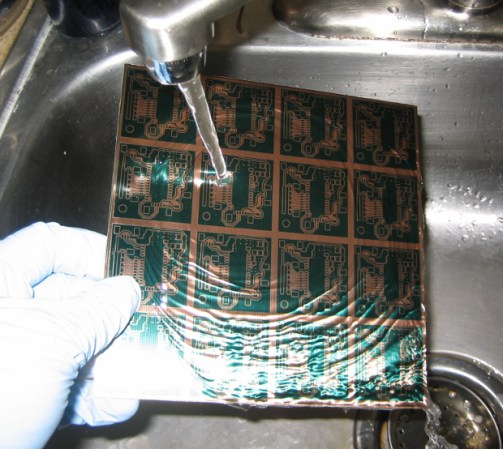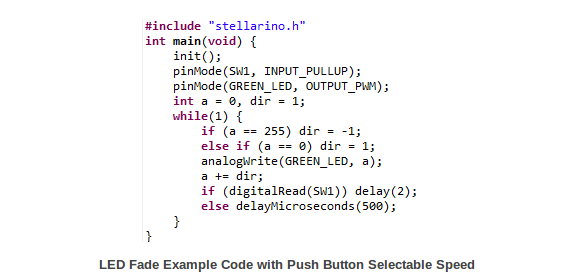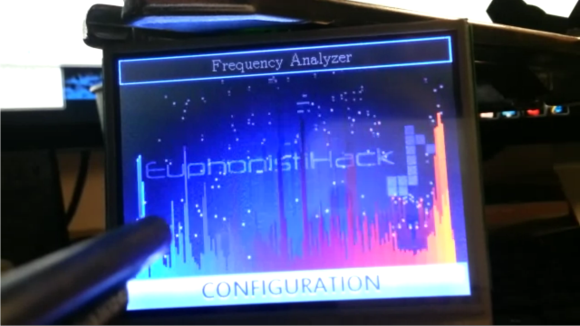
If you, like us, thought that capacitor orientation only matters for polarized varieties like electrolytic capacitors you should read through this article. [Bruce Trump] looks at why some film capacitors have a stripe printed on one end and why their orientation can matter.
He has an image rolled into his post showing both axial and dipped capacitors with a black stripe printed on one end of the package. This is an indicator of what is going on inside of the component. The end with the line has a conductive foil layer which acts as a shield. But it seems that this shield will do its job better if you do a better job of designing for the capacitor.
The diagram above shows two op-amp circuits, both using a non-polarized capacitor that will affect the circuit if it receives external interference. [Bruce] discusses various aspects of this phenomenon, mentioning that although these careful layouts can be tested in your designs to prove which has more benefits, simulated applications (using SPICE) will perform exactly the same.
















